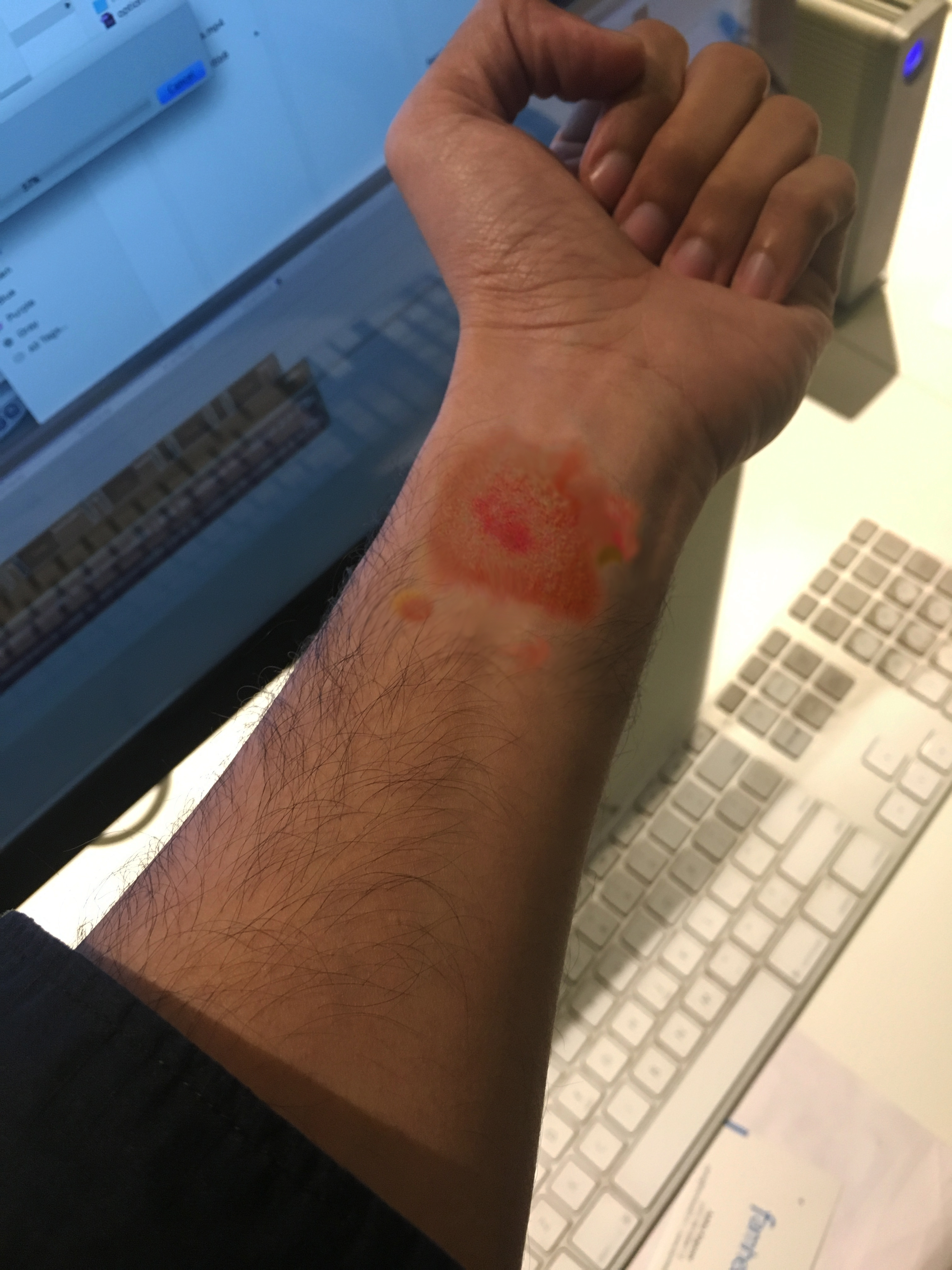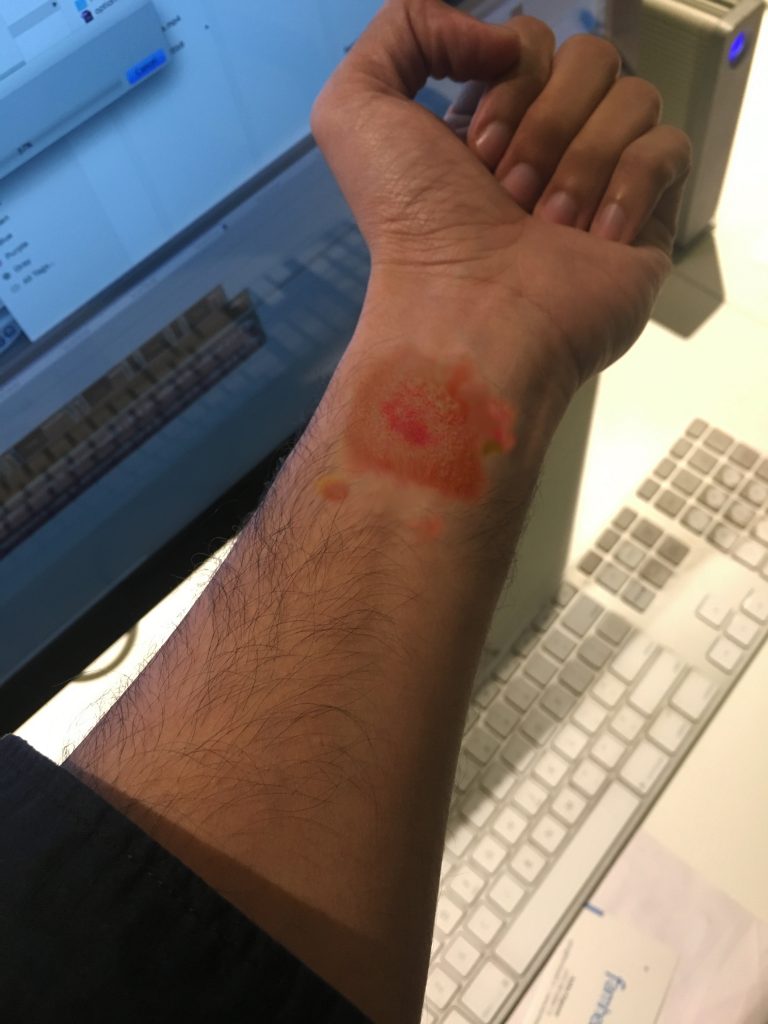Dealing with Chickenpox

An infectious disease causing a mild fever and a rash of itchy inflamed pimples which turn to blisters and then loose scabs. It is caused by the herpes zoster virus and mainly affects children.
Before the rash appears, there will be:
- A general feeling of being unwell (malaise)
- Fever, which is usually worse in adults than children
- Aching muscles
- Loss of appetite
- Nausea
After the rash appears, there will be:
Rash: Severity varies from a few spots to a rash that covers the whole body.
Spots: The spots develop in clusters and generally appear on the face, limbs, chest, and stomach. They tend to be small, red, and itchy.
Blisters: Blisters can develop on the top of the spots. These can become very itchy.
Clouding: Within about 48 hours, the blisters cloud over and start drying out. A crust develops.
Healing: Within about 10 days, the crusts fall off on their own.
During the whole cycle, new waves of spots can appear – in such cases, the patient might have different clusters of spots at varying stages of itchiness, dryness, and crustiness.
Treatment:
Chickenpox generally resolves within a week or two without treatment but a vaccine can prevent it.
Create an awareness how to prevent the infection from spreading to other people.
Pain or fever: Some time Dr. May advise to take medicine to treat the fever and pain.
Avoiding dehydration: It is important to drink plenty of fluids, preferably water, to prevent dehydration. Some doctors recommend sugar-free popsicles for children who are not drinking enough.
Vaccination: For children, 2 doses of the varicella vaccine are given, one at 12 to 15 months and one at age 4 to 6 years. These are 90 percent effective at preventing chickenpox.
To read more on Baby care, click on the link below,




